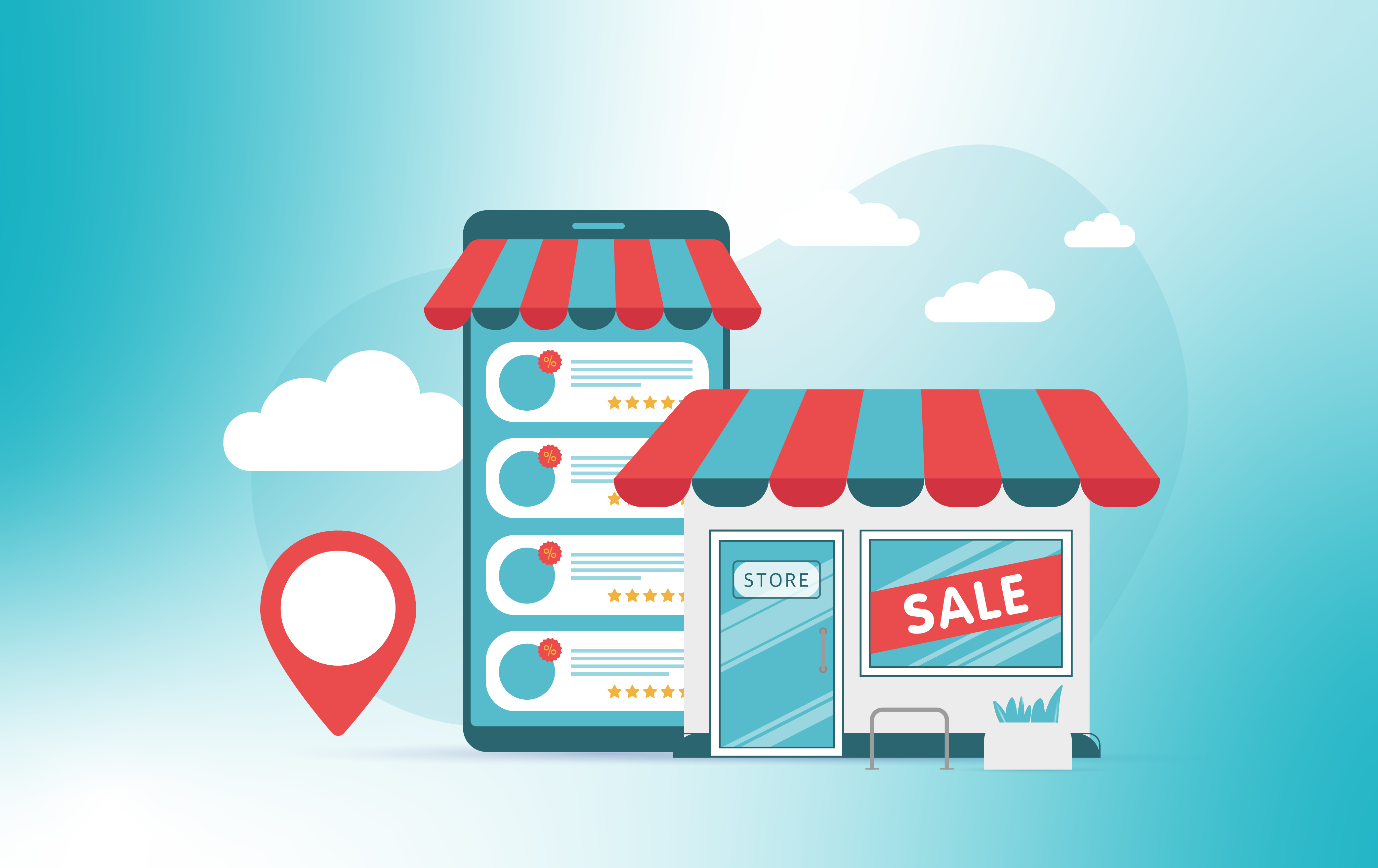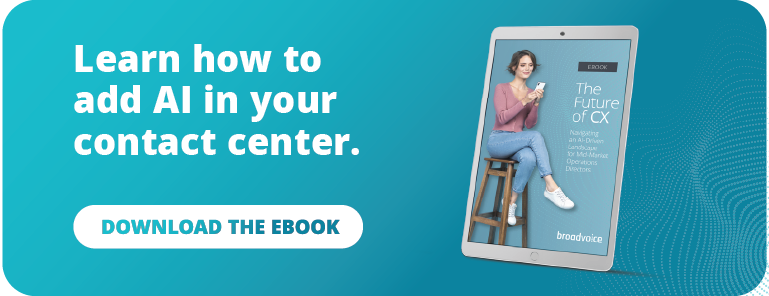Is an omnichannel retail strategy more valuable to your customers?
The simple answer? Yeah. It is. But, why?
Some 73% of all customers use multiple channels during their shopping journey. These omnichannel customers love using all sorts of combinations of a retailer’s touchpoints. They’re on your smartphone apps, in-store interactive catalogs, and online price-checkers. They buy online and pick up in store (like I’m doing with my Ulta order later today). And they reach customer support via a phone call, email, chatbot, or heading back to the store.
These shoppers feel more comfortable, and more loyal, to the brands they’re touching more frequently. In fact, a study from Harvard Business Review showed that omnichannel customers logged 23% more repeat shopping trips to a retailer’s store and were more likely to recommend the brand to family and friends than those who used a single channel. Omnichannel experiences, from purchase to customer support, help customers feel more connected to your brand.
And, as the central hub of communication, your retail contact center should support customers across every touchpoint. Your contact center is where you keep the conversation going, ensuring your customers get a smooth, personalized experience no matter how they engage with your brand.
So, how can you use your contact center to drive a killer omnichannel retail strategy? Here’s a step-by-step guide to turning your contact center into a customer service powerhouse.
6 Steps to Using Your Contact Center to Complement Your Omnichannel Retail Strategy
Your contact center is the backbone of customer engagement in your omnichannel retail strategy. The key is to make sure every interaction—across every channel—is connected, consistent, and customer-focused.
Step 1: Align Your Contact Center to Your Omnichannel Vision
First, let’s get clear on what omnichannel means. From a customer’s perspective, it’s about having seamless, interconnected interactions, whether they’re shopping online, using your mobile app, chatting with a bot, or browsing in-store. Customers expect these interactions to feel the same, no matter where they’re connecting with your team.
To ensure your contact center is aligned with this omnichannel vision, start by mapping the customer journey. Identify the touchpoints your contact center manages—like phone calls, live chat, emails, and social media messages. Are these channels working together, or are they operating in silos? Every touchpoint should flow into the next with a single goal: to serve the customer.
Building out your customer journey mapping isn’t a task for your contact center alone, though. You need buy-in from across the organization. Collaborate with sales, marketing, and IT to ensure your contact center supports the full customer experience. Consistency is key, and it’s impossible to create a cohesive strategy if your teams aren’t on the same page. Get everyone involved and make sure your contact center is a core part of your omnichannel game plan.
A connected omnichannel contact center is a gamechanger for retail loyalty.
Step 2: Give Your Contact Center the Right Tools
Your contact center needs tech that supports and integrates every available communication channel.
Start with a contact center platform that handles all your key touchpoints—whether that’s phone, chat, email, or social. Then, sync that platform with your CRM so agents have instant access to customer profiles, purchase histories, and previous interactions. This way, your agents are equipped to deliver personalized experiences, not just generic, fluffy answers.
AI is your friend here too. Use AI-driven chatbots for repetitive tasks (think FAQs or order status inquiries) to free up human agents for more complex issues. AI can also flag potential problems before they escalate, helping to smooth out the customer journey before friction is even a potential. By giving your contact center both automation and human-driven tools, you create a more efficient, customer-focused operation that plays into your omnichannel strategy.
Step 3: Create Consistent Cross-Channel Experiences
Consistency matters. No matter where your customers reach out from—whether they’re on the phone, messaging on social media, or chatting via your website—they should feel like they’re talking to the same brand.
To pull this off, your messaging needs to be tight. Align your communication strategy across channels to ensure that your agents, bots, and even in-store staff are delivering the same brand experience. This doesn’t happen by accident. Create guidelines for tone, response time, and problem-solving approaches.
Here are a few tips to help you get started:
- Create clear brand guidelines. This is actually a marketing function, but you should be an influencer on creating a consistent tone, voice, and messaging that’s used across all customer interactions, in store, in the contact center, or with automation tools.
- Add SLAs for response times. Set specific expectations for how quickly customer inquiries are addressed on each channel to make sure you’re consistent across the board.
- Create scenario-based problem-solving templates. Give your agents predefined responses for some of your most common issues so they can give consistent (but not strictly scripted) answers.
- Cross-train agents across channels. Make sure your agents are trained to handle different channel interactions, so they provide the same quality of service, no matter where the customer reaches out.
- Use feedback loops for consistency checks. Regularly review interactions across channels to make sure agents (and bots) deliver the same brand experience. Then, use feedback from customers and agents to refine your approach to make sure it’s landing well.
Step 4: Make Sure Your Agents Are Actually Efficient Using Omnichannel Analytics
Your contact center runs on data, and if it doesn’t…it should. Omnichannel analytics let you keep a real-time pulse on how things are going across your channels. Use data to track key metrics like customer satisfaction (CSAT), first contact resolution (FCR), and average handle time (AHT).
When you know what’s working and what isn’t, you can adapt. Are customers dropping off on certain channels? Do agents spend too much time solving issues on social compared to email? Use your analytics to find and fix these gaps.
An omnichannel retail strategy requires agility. Your ability to analyze and respond to real-time data will give your retail org a huge edge over competitors stuck in outdated workflows. Track, adjust, repeat.
Step 5: Make the Handoff Between Channels Seamless
Ever had a customer start a conversation with your brand on Instagram, move to a live chat on your website, and finally call in for support? It happens All. The. Time. The key is making that transition seamless.
You need systems that give agents full visibility into all past customer interactions, no matter where they happened. Customers hate repeating themselves, so make sure your agents can pick up right where the last channel left off.
Take, for example, a customer who chats with a bot about a product return and then calls in later to finalize the process. The agent should be able to see the chat transcript and continue the conversation smoothly, instead of making the customer start from scratch. Seamless handoffs reduce friction, build trust, and keep customers coming back.
The best retailers have nailed this down. Do you?
Step 6: Measure, Measure, Measure (Then Refine)
The only way to know if your omnichannel retail strategy is working? Measure it. Your contact center should track key performance indicators (KPIs) like response times, customer satisfaction scores, and channel-specific performance metrics.
But measurement is just the beginning. Once you have the data, use it to make strategic adjustments. Regularly review customer feedback, agent performance, and operational data to spot patterns and opportunities for improvement.
Omnichannel strategies aren’t set-and-forget—they need constant tuning. Customer expectations evolve, retail trends shift, and new tools emerge. Make sure your contact center processes are flexible and able to pivot quickly based on what the data tells you.













